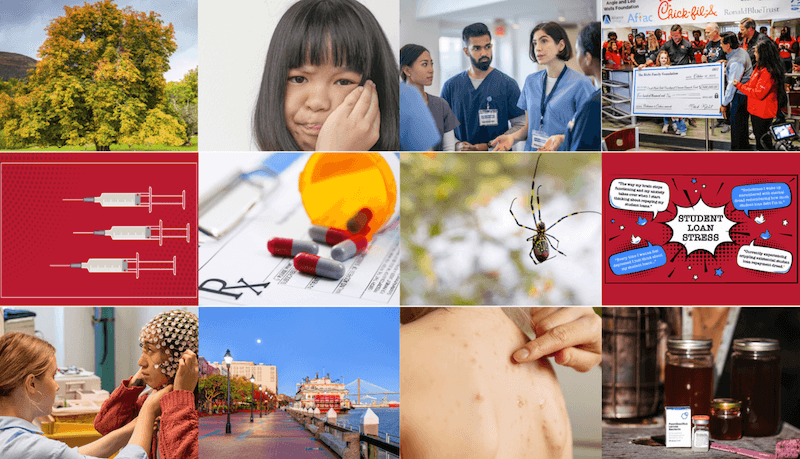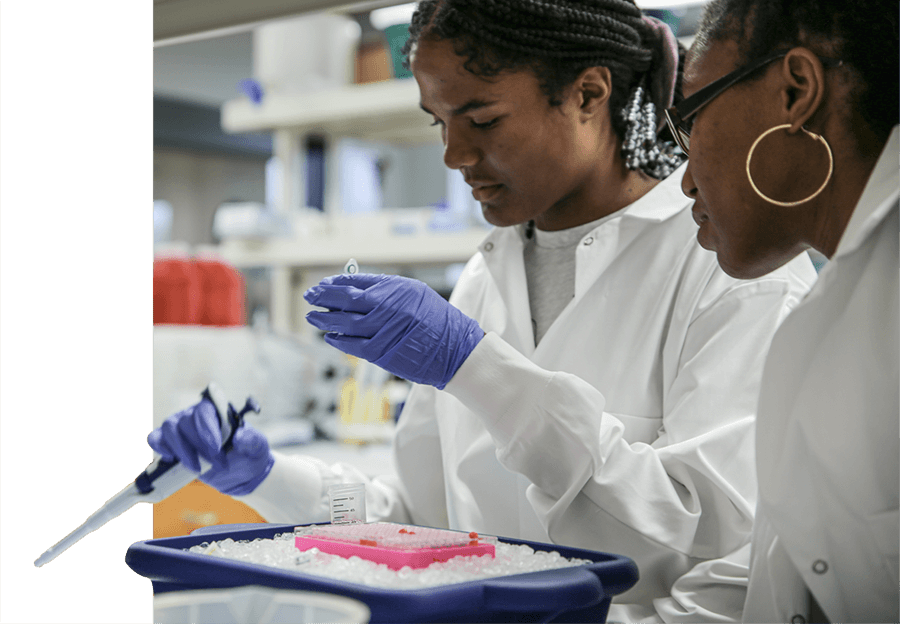For decades, non-native invasive species have caused billions of dollars in damage in the United States alone. Many are well known, such as the Asian longhorned beetle or kudzu. Others are less famous. A University of Georgia center will create an online video resource to train people to learn more about the invaders and what can be done to stop them.
UGA Center for Invasive Species and Ecosystem Health recently received a $328,714 grant from the U.S. Department of Agriculture National Institute of Food and Agriculture. With the grant, a team from the center will create BugwoodVideo, a Web-based system to pull together new and existing high-definition videos. It will be linked to the center’s Bugwood image database and other resources. All content will be free for educational use as long as the work is cited.
“Videos will help to better illustrate complex procedures used in diagnosing, identifying and responding to new pest introductions,” said Joe LaForest, a program coordinator with the center. “These videos will be used by public and private sector, plant biosecurity personnel and first-detector educators to educate people on detection and response procedures to new introductions.”
Non-native, invasive species grow and reproduce rapidly, harming agricultural crops and the environment. For example, the Hemlock Woolly Adegid, a small aphid-like insect, is threatening to wipe out eastern Hemlocks in north Georgia. Bengal dayflower, a federal noxious weed, is becoming a major problem in cotton and peanuts fields in south Georgia.
The three-year grant is a joint effort between UGA, Colorado State University, University of Florida and Texas A&M. These organizations work together to help farmers, foresters, educators and professionals learn about and implement strategies to safeguard U.S. agriculture.
The UGA Center for Invasive Species and Ecosystem Health uses partnerships and information technology to advance invasive species, forestry and agriculture education. It started from the Bugwood Network, a collaboration between the UGA Warnell School of Forestry and Natural Resources and the College of Agricultural and Environmental Sciences.
“Bugwood’s mission is to deliver unbiased science-based educational information to users through a network of integrated and user-focused Web sites, publications and educational programs. This grant will allow us to expand our resources into video, “said Chuck Bargeron, the center’s technology director.
For more information on how to use the Bugwood system, including its image database, go to the Web site www.bugwood.org.

Thumb.jpg)


.png)


